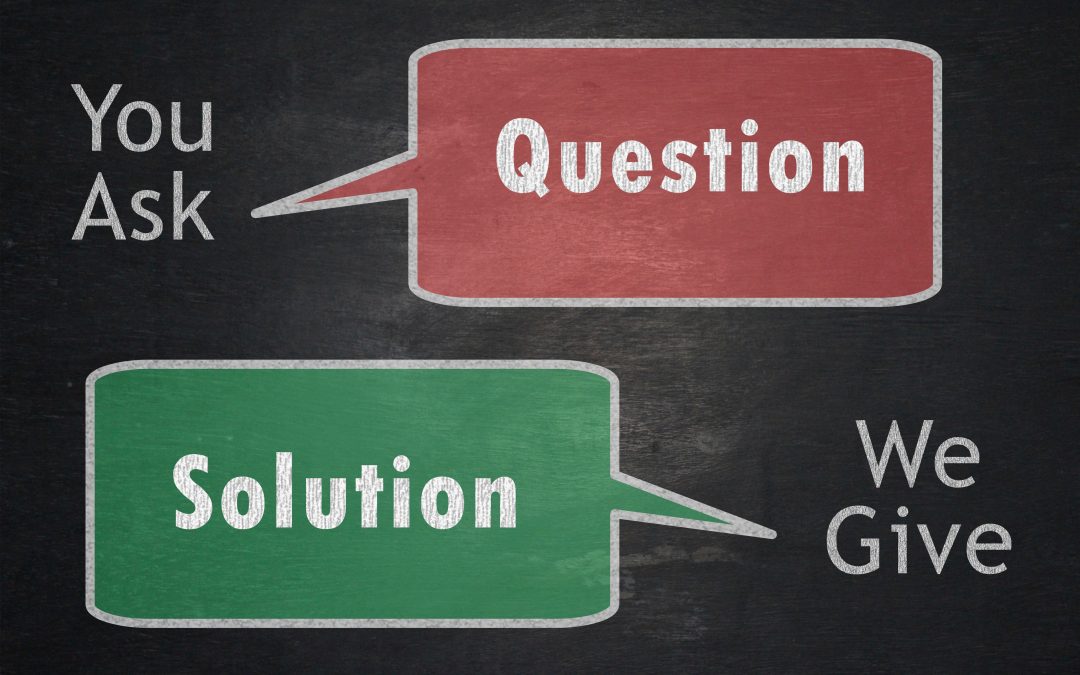4 minute read
First Off, What is SEO Content Writing?
SEO stands for search engine optimization, which helps with getting found online through a search query. Content Writing refers to developing information that will be shown to a viewer in various forms such as lists, blogs, articles, slideshows, and more. Now, lets put the two terms together: SEO Content Writing means writing content with the goal of a search engine to find it, presenting the user an opportunity to view it, and educating the user on exactly what they were searching for.
Which is More Important, the SEO Part or the Content Writing?
SEO and content writing are both important to organically optimize your chances of getting found in search, but what happens when we focus solely on SEO? Users may not fully comprehend what is actually being written in front of them, and content solely focused on SEO may not provide the accurate information that a user is looking for. Not to mention your click-through-rate from search engine to your website will be low and this is a ranking factor that Google and Bing uses. Now, what happens when you only focus on content? Well that’s simple, no one will ever find it nor read about it. Proper content writing is a very important factor that coincides equally with the importance of SEO.
Content Quality Over Quantity
The quality of your content and what it has to offer to visitors is extremely important with the ranking of your pages. You cannot simply copy & paste the same content over and over again on each page; not only will less users visit your website, but search engines will also lower your ranking if the content is not original, plagiarized, or duplicate. Consider writing at least 350 words per webpage, article, or blog post.
Ask yourself – Why should people come visit your webpage? What unique value are you offering your visitors?
Content Topic Research & Keyword Research Go Hand-in-Hand
If you don’t know what topic to write about, keyword research can help by telling you exactly what your targeted audience is searching for. On the other hand, if you don’t know what keywords to use, you can grab a few phrases that repeat in your content and insert them into a keyword planner, or even upload the document and have the software pick some keywords out for you. These two methods will ensure your content contains quality keywords for search engines to identify & categorize. Also, help you determine which keywords or phrases your users are actually looking for when they want to find content similar to what you’re about to discuss in your new article or webpage. After all, your audience has questions that need answering and who better to answer them than you.
There are many resources online that can assist you with finding the right keywords for your topic. Here’s an article that discusses how to choose the right keywords & how to properly use them.
Using Keywords in Your Content Naturally
Once you know which keywords or phrases fit best for your content, it’s time to use them. If you have already written the content, then all you need to do is make some edits to ensure your keywords are inserted naturally in the paragraphs, headings, sub headings, and other places utilizing proper SEO tactics.
- Start off by writing your content like you normally would.
- Go back and see where your keywords will fit naturally without disrupting the flow.
- See where you can swap words. For example, if “content writing for SEO” is one of your keywords, but your text says “content writing for search engines,” you might want to consider swapping out the words “search engine” with “SEO” instead.
- Mix it up. You don’t have to use the exact keyword over and over again in your article or webpage. Search engines are smart and will find keyword variations including plurals, other intents, different word orderings, and even synonyms.
Unfortunately, there is no magic formula for the perfect keyword density that would get you the top ranking in search engines. However, if you find a balance between using a good amount of quality keywords in your content while keeping good copy, then both users and search engines will be satisfied with your article or webpage. Keep in mind, no one wants to read content that doesn’t make sense because it has a bunch of keywords randomly forced into place.
Writing Content for Deserved Freshness
Updating your webpages frequently will not automatically raise your search engine rankings. Think of content writing as a long-term SEO strategy with quality over quantity as discussed above. BUT, Google does use a “Query Deserved Freshness” (QDF) formula though for newly popular topics. These fresh random topics can last for several days or weeks even. Your content writing strategy can take advantage of these new keywords when they come up, but once they decline in popularity, so can your rankings. An example of this is celebrity news or natural disasters. Timing is just as important a factor as proper optimization of your quality content here.
Other SEO & Content Success Factors
Most search engines will look at images, videos, and GPS locations as well. Google Search is useful with these types of content by placing the top results together in the beginning of the search page. For example, your webpage may not be at the top of results, but your image may be the first to show up on Google Images. Make sure that ALL types of content on your webpage are accounted for and SEO’d correctly. Add alt tags to images, title tags to videos, etc. to help search engines like Google and Bing understand why it’s even there.
Another factor search engines offer is called a “Direct Answer” option, where a user asks a question and the search engine uses your content to directly answer it at the very top of the results. Even if your webpage is shown at the top spot, it is not always guaranteed that the user is going to click on the link if there are better looking or more visual listings on the same page.

Related Articles: Free Content Marketing Resources & Tools
